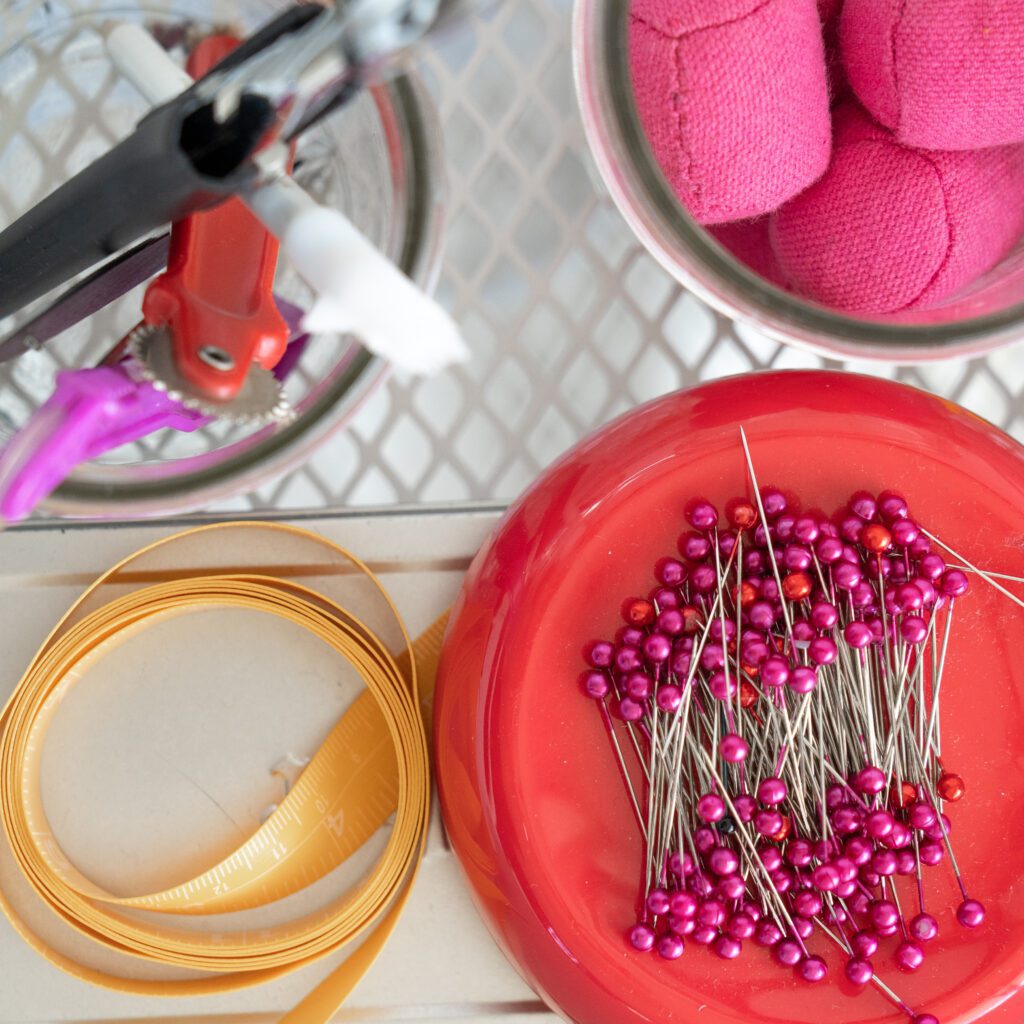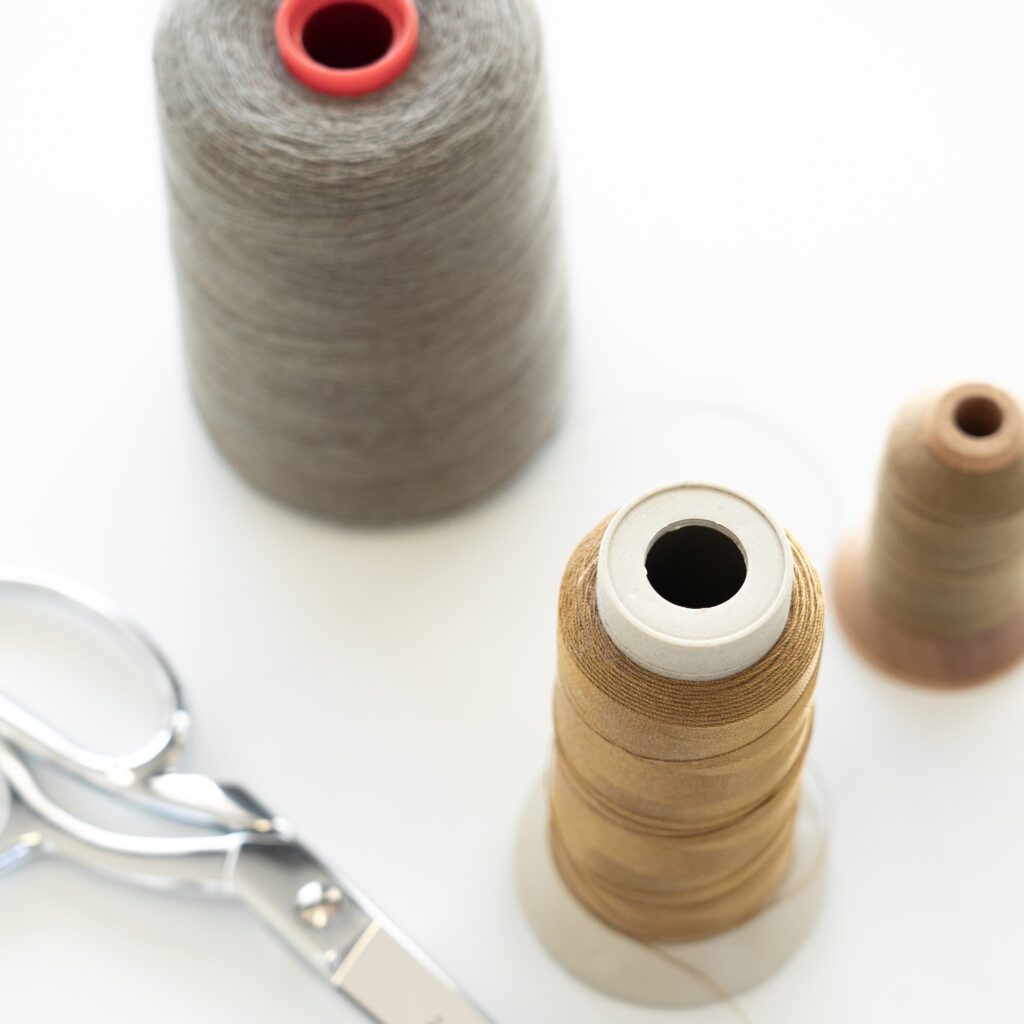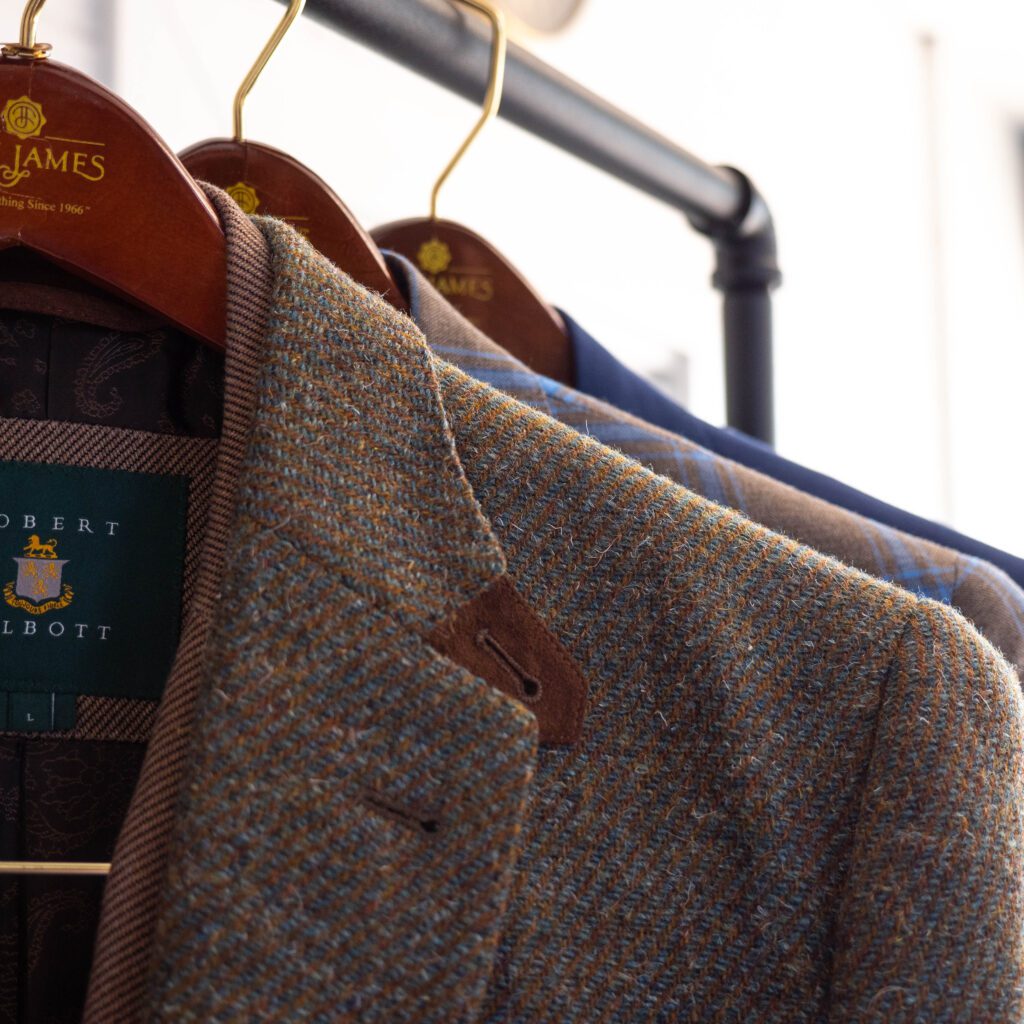
Tailoring is much more than seams, stitches and alterations. It’s also threading together fashion and functionality, appreciating apparel and helping customers find a fit that flatters.
Shaelynn Haning, owner of Tallgrass Tailor in Tulsa, says another perk of the profession is seeing the excitement from customers after alterations are made.
“You can see the visible change in them, in the way that they feel, and that never gets old,” she says.
Tailoring is a centuries-old profession that continues to be a sought-after service today.
“We will always need to make a couple of tweaks here and there to make the outfit our own,” says Haning.
Haning has worked as a tailor for 17 years. Her father, a metal sculptor and artist, served as an early inspiration when she learned how to build and combine mediums. In high school, she was involved in a Shakespeare troupe that helped put her sewing skills to use with costuming.
She graduated from Marist College in New York with a degree in industrial sewing and production, and opened Tallgrass Tailor in 2017.
Some of the benefits of the service, she says, include improving the comfort and fit of clothing, as well as giving customers the chance to customize their looks. Tailoring also can be a cost-saver for people when they choose alterations instead of purchasing new items.
Sigrid Dillard, owner of Dillard Alterations and Tailoring in Lawton, says she enjoys seeing “how a garment comes together” after the alterations are made.




Dillard, who has been in business for over 30 years, started training as a tailor in her native Germany where she attended a school to learn to sew and how to tailor menswear.
Haning and Dillard have tailored an assortment of apparel. Dillard has worked on “almost everything,” she says, from Western shirts for kids to prom and wedding dresses. Haning has altered suits, jeans, jackets and wedding dresses, along with unique pieces, like modifications to an outfit worn by an Elvis impersonator and a customer’s Darth Vader cape.
Both agree that communication is key between the customer and tailor.
Dillard believes working as a tailor requires that you “be a people person,” and be willing to be honest about what is and isn’t possible when it comes to clothing modifications.
Haning also advises customers to let tailors know what’s on their minds.
“The best thing you can do is ask,” she says. “If we know what you’re thinking, then at least we can answer the questions.”
The tailoring profession is vital – but it’s also a trade that’s facing a shortage of emerging talent, either from a lack of formalized training or fewer people replacing tailors who retire.
Haning is doing her part to spark interest in future generations. She hosts “The Sew Show with Shae” on YouTube, where she teaches viewers about sewing, clothing alterations, tailoring garments and running a tailoring business.
Haning says tailoring is hard work but “if that doesn’t scare you, then this is an incredible and creative field to get into that has a super functional purpose.”






















